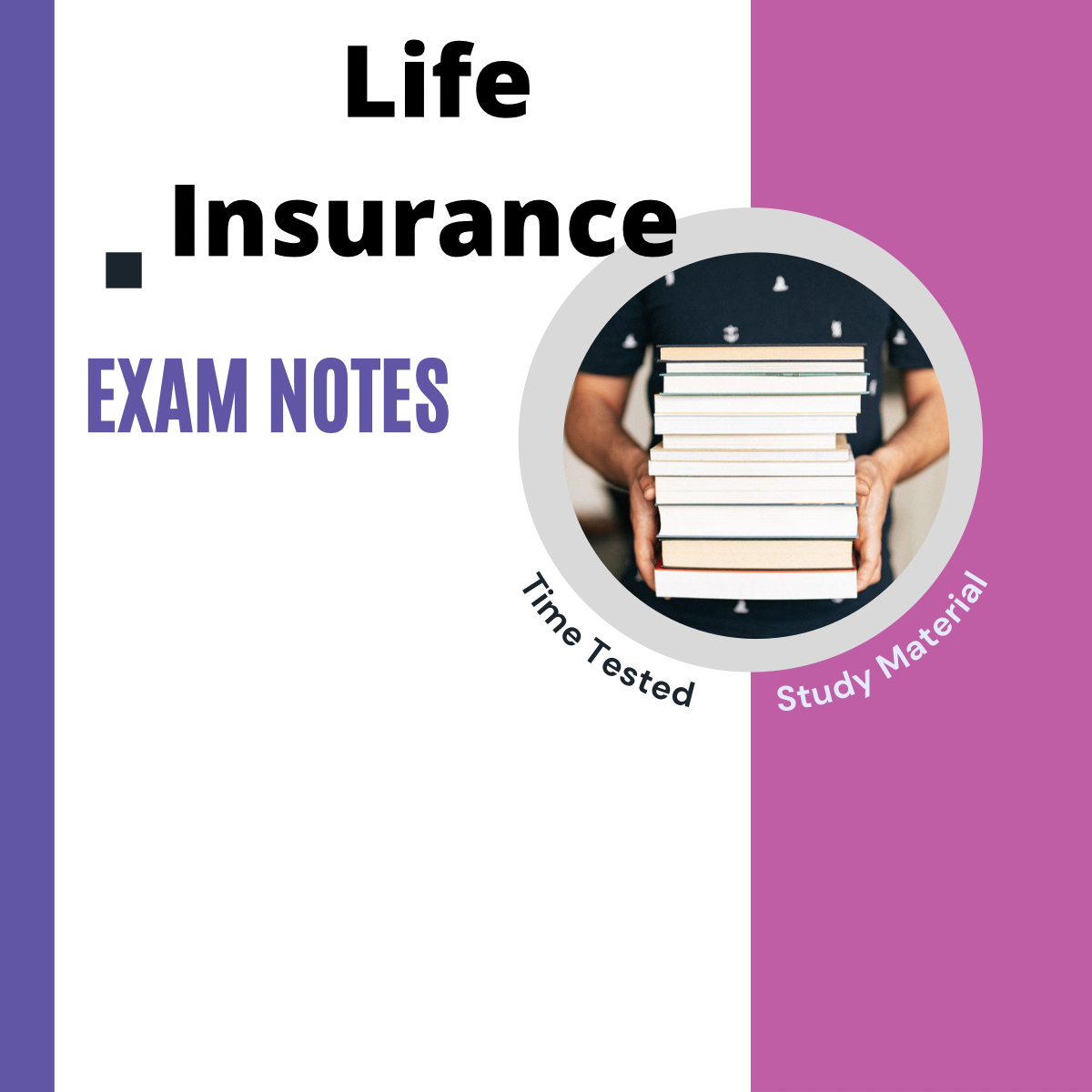Our Pacific Prime Statements
Our Pacific Prime Statements
Blog Article
The Definitive Guide for Pacific Prime
Table of ContentsSome Of Pacific PrimePacific Prime Fundamentals ExplainedThe Best Guide To Pacific PrimeThe smart Trick of Pacific Prime That Nobody is Talking AboutIndicators on Pacific Prime You Need To Know

This is due to the fact that the data were gathered for a duration of solid economic performance. Of the approximated 42 million individuals that were uninsured, just about concerning 420,000 (about 1 percent) were under 65 years of age, the age at which most Americans end up being qualified for Medicare; 32 million were grownups between ages 18 and 65, about 19 percent of all grownups in this age group; and 10 million were kids under 18 years old, about 13.9 percent of all kids (Mills, 2000).
These quotes of the variety of individuals uninsured are generated from the annual March Supplement to the Present Populace Study (CPS), conducted by the Demographics Bureau. Unless or else kept in mind, national quotes of people without health and wellness insurance policy and proportions of the population with different kinds of protection are based on the CPS, the most widely used source of estimates of insurance coverage and uninsurance rates.
Pacific Prime Things To Know Before You Buy

Still, the CPS is specifically beneficial because it creates annual price quotes reasonably promptly, reporting the previous year's insurance policy coverage estimates each September, and due to the fact that it is the basis for a constant set of price quotes for even more than twenty years, enabling evaluation of patterns in coverage with time. For these factors, as well as the comprehensive use the CPS in various other studies of insurance policy protection that are provided in this report, we depend on CPS quotes, with limitations kept in mind.

The estimate of the variety of without insurance people increases when a population's insurance condition is tracked for numerous years. Over a three-year period starting early in 1993, 72 million people, 29 percent of the U.S. https://www.openstreetmap.org/user/pacificpr1me. population, were without insurance coverage for at the very least one month. Within a solitary year (1994 ), 53 million individuals experienced at least a month without insurance coverage (Bennefield, 1998a)
Six out of every 10 uninsured adults are themselves utilized. Working does boost the possibility that one and one's household members will certainly have insurance, it is not a warranty. Even participants of families with 2 permanent wage income earners have virtually a one-in-ten chance of being without insurance (9.1 percent without insurance rate) (Hoffman and Pohl, 2000).
The Facts About Pacific Prime Revealed
New immigrants account for a considerable percentage of individuals without medical insurance. One evaluation has actually connected a significant portion of the recent growth in the size of the U.S. uninsured population to immigrants who showed up in the nation in between 1994 and 1998 (Camarota and Edwards, 2000). Current immigrants (those that involved the USA within the previous 4 years) do have a high price of being uninsured (46 percent), but they and their children account for just 6 percent of those without insurance coverage country wide (Holahan et al., 2001).
The connection in between medical insurance and accessibility to care is well developed, as documented later in this chapter. The relationship in between wellness insurance coverage and health and wellness outcomes is neither direct neither basic, a substantial more medical and health solutions research study literature web links health and wellness insurance protection to enhanced access to care, far better top quality, and enhanced individual and populace health standing.
Degrees of evaluation for checking out the impacts of uninsurance. It concentrates specifically on those without any kind of health insurance coverage for any kind of length of time.
The Basic Principles Of Pacific Prime
The troubles encountered by the underinsured remain in some areas comparable to those encountered by the without insurance, although they are normally much less serious. global health insurance. Uninsurance and underinsurance, nonetheless, entail noticeably different policy issues, and the strategies for resolving them might differ. Throughout this study and the five records to comply with, the primary focus is on individuals without medical insurance and thus no assistance in spending for wellness treatment beyond what is available via charity and safeguard institutions
Health insurance coverage is an effective variable impacting receipt of treatment since both patients and medical professionals react to the out-of-pocket price of solutions - https://pacificpr1me-2.creator-spring.com. Medical insurance, however, is neither necessary neither enough to get access to medical solutions. The independent and straight result of health and wellness insurance protection on access to health solutions is well established.
Others will get the health and wellness treatment they need also without health insurance policy, by paying for it expense or seeking it from suppliers who use care complimentary or at highly subsidized prices. For still others, medical insurance alone does not make sure invoice of care as a result of various other nonfinancial barriers, such as an absence of healthcare carriers in their area, minimal access to transport, illiteracy, or linguistic and cultural distinctions.
Everything about Pacific Prime
Official study about uninsured populations in the United States dates to the late 1920s and early 1930s when the Committee on the Cost of Healthcare produced a series of reports about financing physician office check outs and hospital stays. This concern came to be significant as the varieties of clinically indigent climbed up during the Great Anxiety.
Report this page